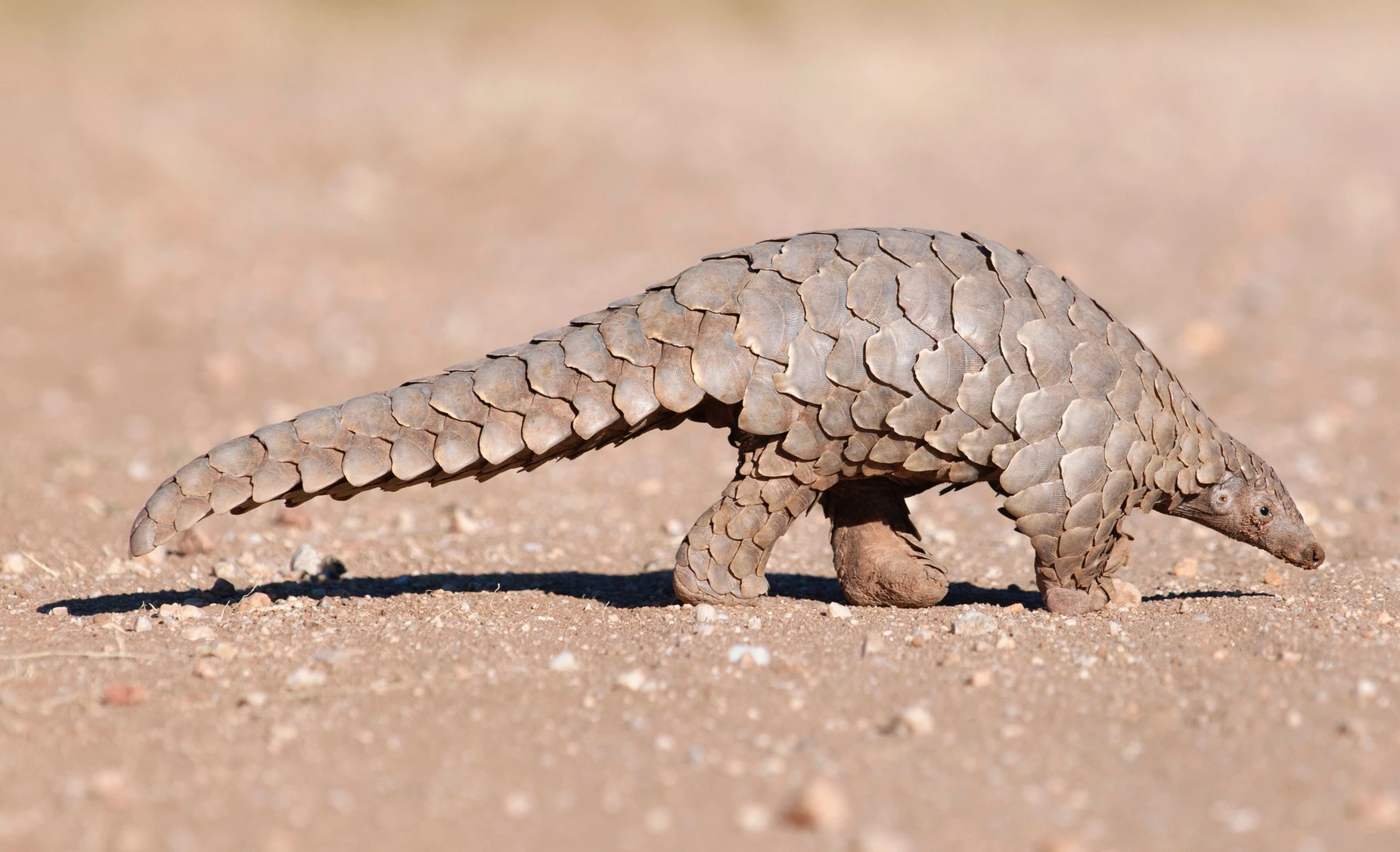Foraging pangolins already dig in the dirt, so why not get them planting trees while they're at it? Well, training them would be pretty hard, which is why a California high school student named Dorothy designed a pangolin-inspired robot to do the digging and planting.
Dubbed the Plantolin, the bio-inspired bot is the latest winner of the annual Natural Robotics Contest, which is run by the University of Surrey and funded by the British Ecological Society.
In a nutshell, the competition invites people from all over the world to submit their ideas for nature-inspired robots that are capable of doing something to help the planet. The winning concept gets made into an actual functioning prototype by one or more of the partnering research institutes.
In the case of the Plantolin, that partner was the University of Surrey itself. Other partners include Queen Mary University of London, the Royal College of Art, EPFL Lausanne (Switzerland), the Technical University of Munich, and Alexander Humboldt University (Germany). The previous winner was a robotic fish that filters microplastic particles out of the water.

In the same way that a pangolin waddles on its two hind legs, the Plantolin balances Segway-style on two wheels. Each wheel is powered by an electric quadcopter drone motor. The long tail is raised as a counterweight when the robot is making its way across the ground, but tilts down to provide leverage once the bot stops to start digging.
That digging is done by two motorized front legs. Those legs have claws that stay locked in place when they're scooping soil away, but passively bend back out of the way when being drawn forward to take another scoop.
Once the hole has been dug, the Plantolin drives over it, pooping a yew tree "seed bomb" (basically a nugget of seeds and soil) into the hole as it does so. Those bombs are fed into a dispenser through a hole in the top of the robot, and are carried by an internal conveyor belt to its "butt" for dispersal.

"The restoration of forests through planting more trees is essential for the sustainable development of our planet," says Dorothy. "Pangolins spend a lot of their time digging in the ground, so I thought a planter robot inspired by the pangolin's behaviour would be very natural."
The Plantolin was built by University of Surrey roboticist Dr. Robert Siddall, who explains more about the bot's workings in the video below.
Source: University of Surrey







